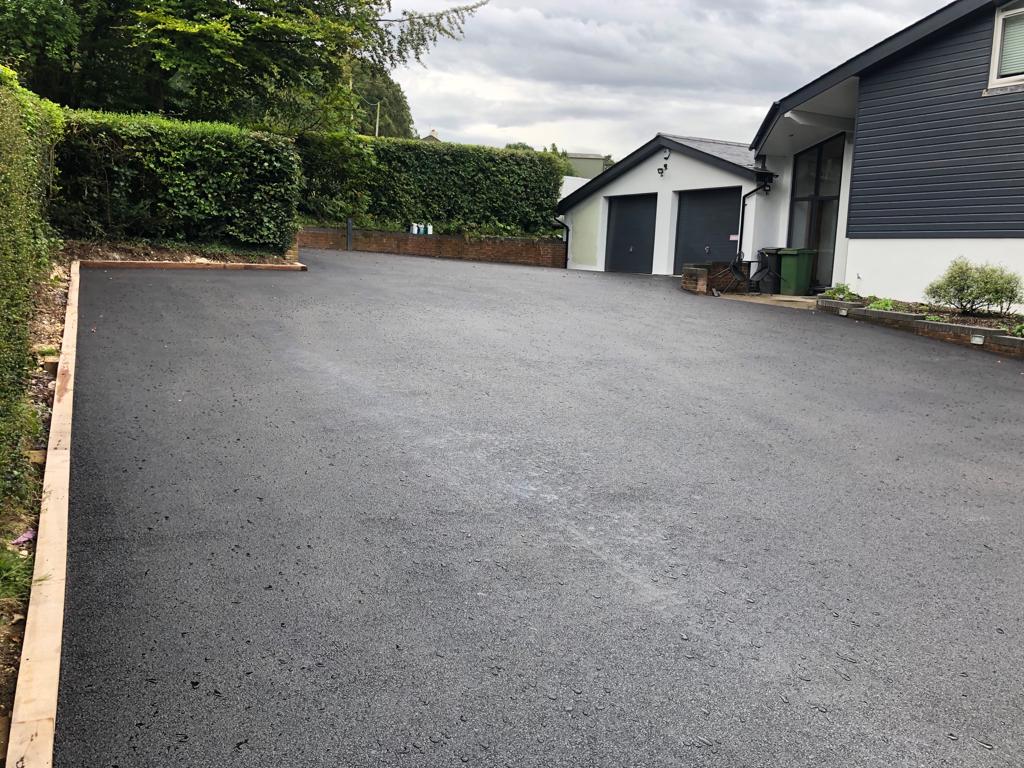Introduction: Grading, a fundamental aspect of road construction and maintenance, ensures the longevity, functionality, and aesthetic appeal of residential driveways and parking lots. Property owners can effectively manage surface water runoff, improve drainage, and minimise the risk of erosion and pothole formation by employing proper grading techniques. This blog post delves into the essential grading techniques for residential driveways and parking lots to help homeowners achieve durable and well-maintained surfaces.
Assessing Site Conditions:
- Before commencing grading work, it’s essential to assess the existing site conditions thoroughly. This includes evaluating the area’s topography, soil composition, and drainage patterns. By understanding the natural slope and soil characteristics, property owners can develop a grading plan tailored to their site’s specific needs and challenges.
Establishing Proper Slope:
- One of the primary objectives of grading is to establish a consistent slope that facilitates proper drainage away from the driveway or parking lot. Ideally, the surface should have a gentle slope of 1-2% away from structures or neighbouring properties to prevent water accumulation and potential flooding. A proper slope ensures efficient water runoff and minimises the risk of erosion and sediment buildup.
Creating Crowned Surfaces:
- To promote effective drainage, graded surfaces should be crowned or slightly rounded in the centre, allowing water to flow towards the edges. This prevents water from pooling in the middle of the driveway or parking lot and encourages runoff towards designated drainage points, such as catch basins or swales. Crowned surfaces also help to maintain a smooth driving surface and minimise the formation of puddles and potholes.
Implementing Swales and Berms:
- In areas prone to runoff and erosion, incorporating swales and berms can provide additional protection and improve drainage efficiency. Swales, or shallow depressions along the edge of the driveway or parking lot, help channel surface water away from the pavement and into designated drainage areas. Conversely, berms act as raised barriers to divert runoff and prevent erosion along the edges of graded surfaces.
Utilising Proper Compaction Techniques:
- Once the grading is complete, compacting the soil or aggregate base thoroughly is crucial to ensure stability and durability. Compaction reduces settling and soil movement, creating a solid foundation for the pavement surface. Property owners can use compactors or rollers to achieve the desired level of compaction, following manufacturer guidelines and recommended compaction rates.
Conclusion: Effective grading techniques are essential for creating functional, durable, and aesthetically pleasing residential driveways and parking lots. By assessing site conditions, establishing proper slopes, creating crowned surfaces, implementing drainage features, and utilising proper compaction techniques, property owners can achieve optimal drainage, minimise erosion, and prolong the lifespan of their pavement surfaces.
Call us on: 03 9068 7895
Click here to find out more about Richmond Road Tech
Click here to complete our contact form and see how we can help with your road needs.

